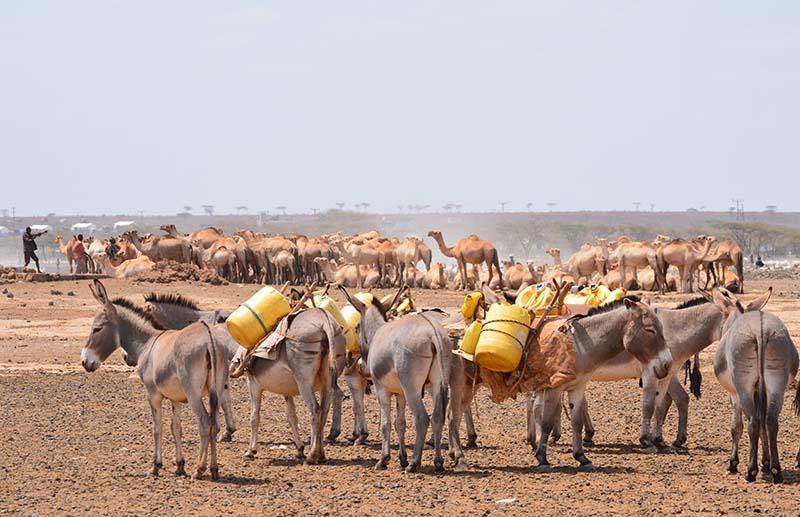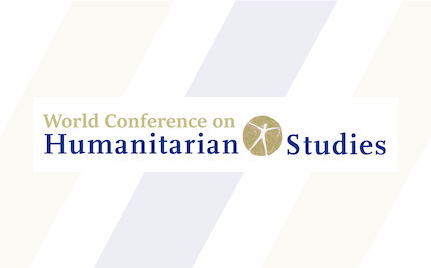How CLTS was introduced:
In Somalia, a feasibility study was carried out in 2011 showing that the approach was viable based on a number of successfully triggered communities, despite reservations from local aid workers. A pilot intervention was implemented in eight communities in relatively stable parts of the country. Communities were apparently very willing to adopt CLTS but hygiene and sanitation staff from NGOs and government public health staff were much more doubtful about the new approach due to perceived religious/cultural taboos on discussing ‘shit’. Their scepticism was overcome by wide involvement of sanitation stakeholders in CLTS triggering activities where doubters could see for themselves how enthusiastically the people engaged in the exercises. UNICEF then went ahead with a comprehensive programme of capacity building for partners to develop a better understanding of CLTS and how it differed from the more familiar PHAST. Implementing partners (mostly local NGOs) were invited to Kenya to study how CLTS had been rolled out there. A workshop was held to develop the principles for CLTS in Somalia which subsequently led to the development of a CLTS protocol for the Puntland and Somaliland states (the protocol for South Central is still under development)
The experience emphasized the importance of overcoming resistance to CLTS among stakeholders and institutions and bringing key local leaders on board as agents of change. This ‘institutional triggering’ was critical to the successful introduction of CLTS in this context.
Challenges:
The CLTS programme in Somalia is implemented by local NGOs because of their access to communities even in the conflict-affected areas. Following extensive training, local NGOs trained CLTS facilitators and community leaders. The use of participatory tools was new to many staff who are more familiar with relief work; NGO staff had to be ‘reoriented’ to work with and empower communities rather than distribute lifesaving relief items.
The ban on public gatherings makes it difficult for local NGOs to facilitate CLTS in areas with strong Al-Shabaab control in South Central Somalia. They are still able to work in areas with less Al-Shabaab control but still considered too insecure for international NGOs and UN agencies. For support and monitoring purposes, the programme has taken a conscious decision to implement first in areas that are easier to reach. These are rural areas where security is good. The programme will then gradually move to difficult-to-reach areas in the rest of South Central Somalia.
The CLTS programmes in Somalia started relatively recently and it has been difficult to conduct surveys to measure the sustainability of open-defecation-free (ODF) status and specifically the sustainability of latrine outputs. It is expected that considerable efforts will be needed to strengthen the market for sanitation products if expected demands for latrine upgrades are to be met. This is complicated by a difficult logistical context but experience in the water sector has shown that these constraints can be overcome through engagement with the strong private sector in Somalia.






